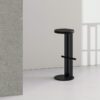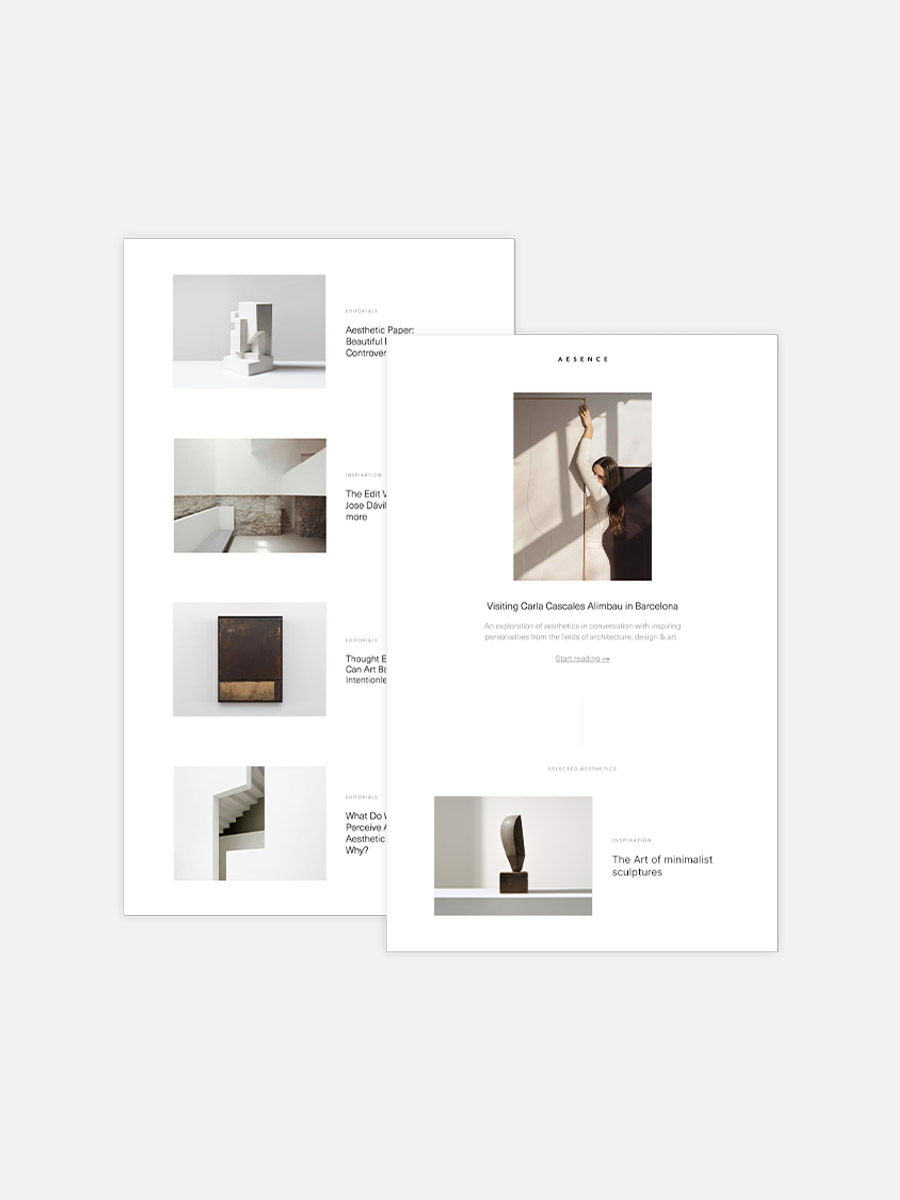Many people believe that minimalist design, with its reduction to the essentials and lack of details, loses a part of its identity. But does minimalist design really lack details? And if so, what defines the design then? In this context, I always remember the famous quote by Charles Eames: “Details are not the details – they make the design.”
Charles Eames, alongside his wife Ray, is considered one of the most influential American designers of the 20th century. Through his contributions to furniture, architecture, and graphic design, he has clearly demonstrated that details are far more than just decorative aspects. They are essential components that significantly contribute to the overall effect of a design. His famous quote thus emphasizes the necessity of paying attention to even the smallest details to create a coherent and successful design.
So what role do the details play in minimalist design? Would it be possible to use details to create a harmonious overall look that is both functional and aesthetically pleasing? I would like to explore these questions today and share my thoughts with you.
The devil is in the details, right?
Everyone is probably familiar with the following saying: ‘The devil is in the details’. This saying, which is often wrongly attributed to Ludwig Mies van der Rohe, originally goes back to the phrase ‘God is in the details’.1 Nowadays with negative connotations, it means that even ‘little things’ can have a big (and usually negative) impact on the end result.
Nevertheless, I find the saying quite appropriate in this context. Because even if it has a negative connotation, it also shows how important the details can be. And especially in minimalist design. Because by reducing things to the essentials, every remaining detail becomes more meaningful. Every element, no matter how small, including the texture of the material or the choice of the right color, shapes the overall picture. (as you can see in the image below, example 1)
But what if there are no details? What defines the design?
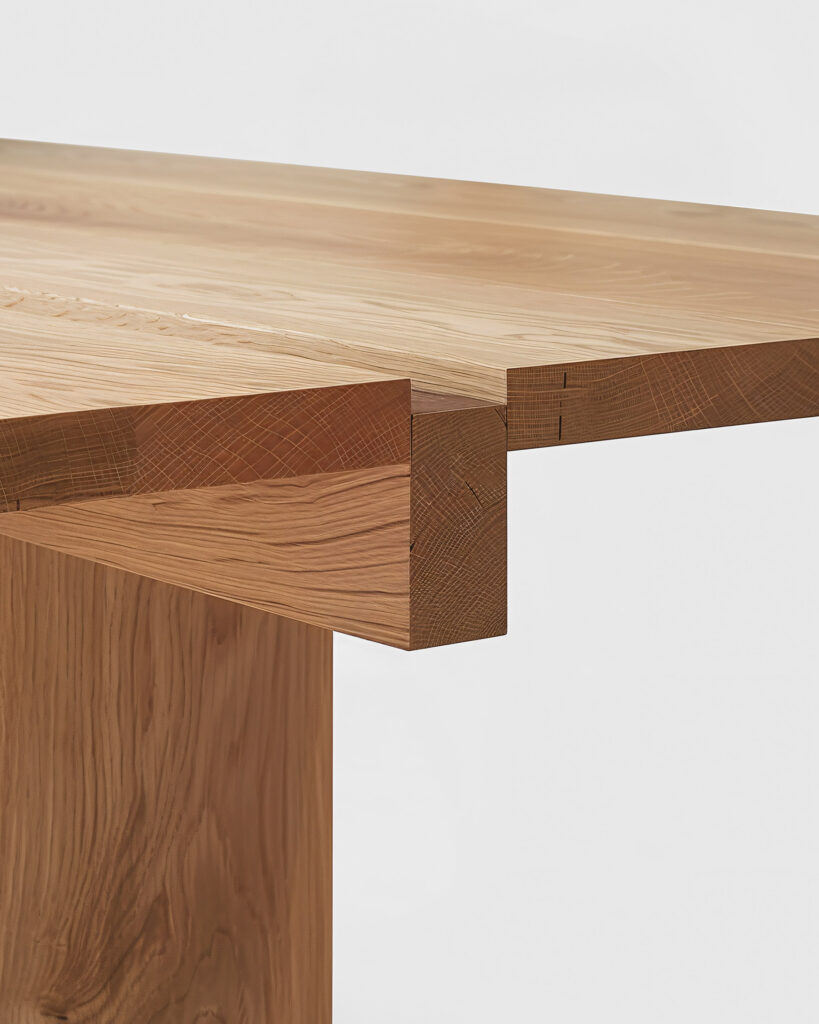
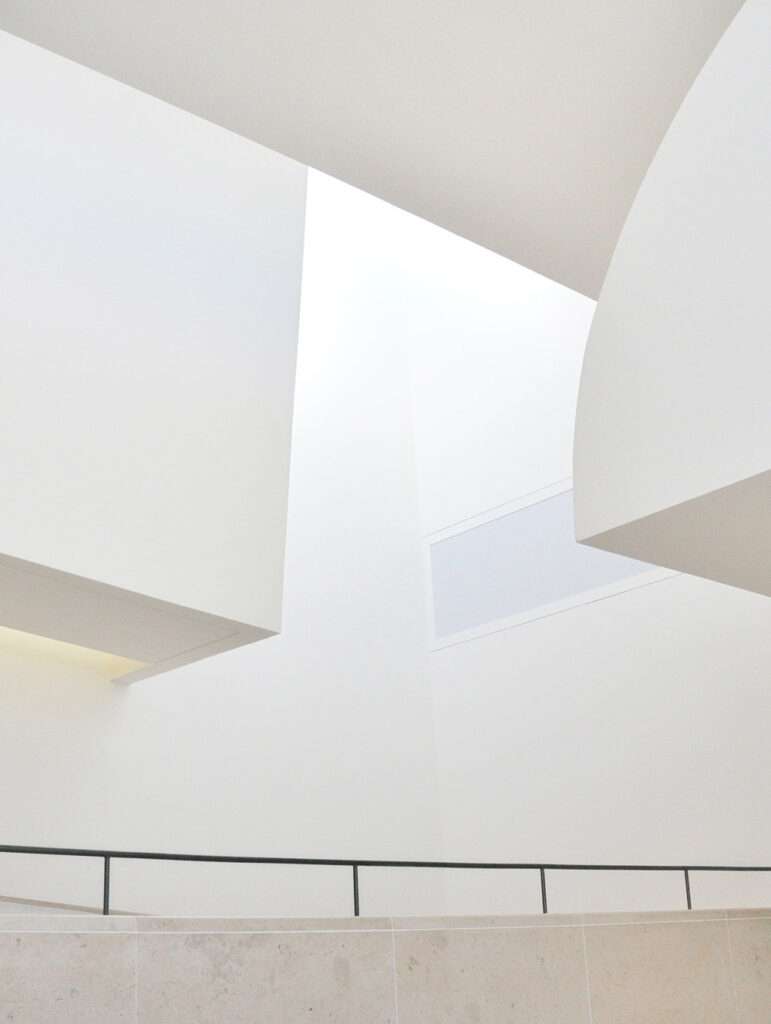
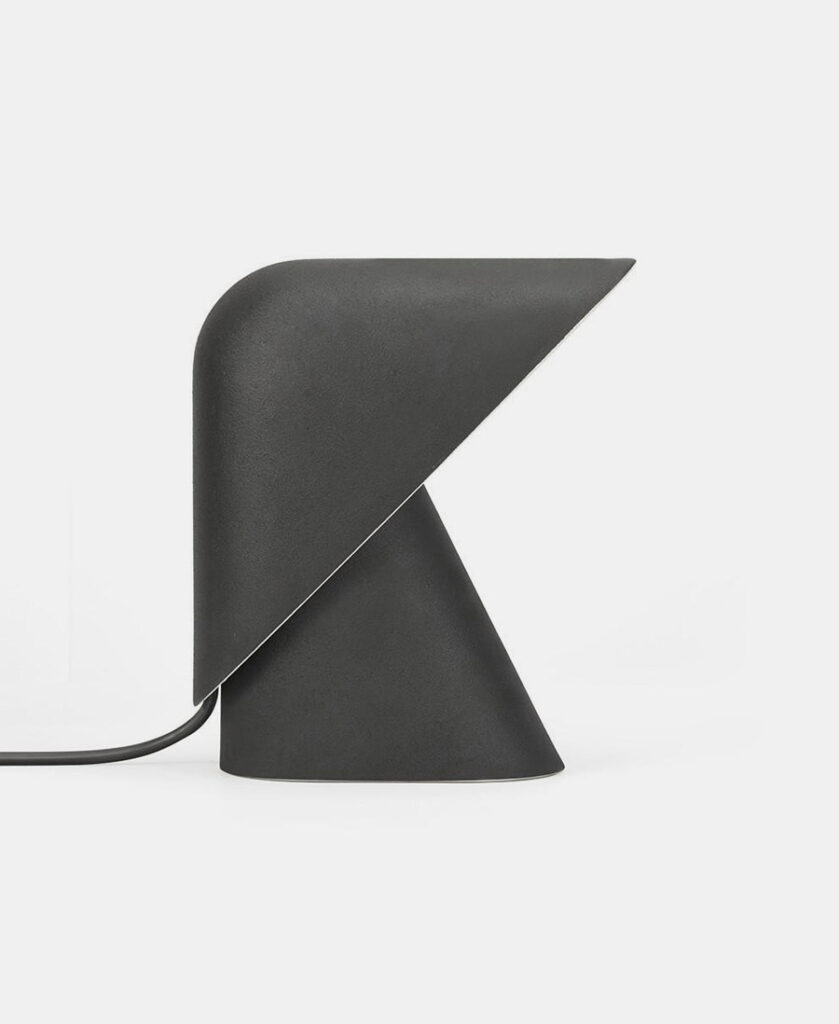
In this case, the remaining aspects become even more important. It is a deliberately used stylistic device to contribute to the overall concept. In architecture in particular, the lack of detail creates a unique and often meditative atmosphere. Every wall, every texture and every incidence of light becomes a meaningful statement. The degree of reduction becomes a decisive feature and distinguishing mark of the architect.
But if composition, color choice, symmetry and other important design principles do not make the overall picture convincing, a lack of detail can decide whether the design is good or bad.
From good to great
So what makes minimalist design? The overall look or the details? I, personally, believe that the overall look of the design is important, after all it gives the first impression, but it’s usually the details that make the design special. They differentiate good minimalist design from great minimalist design. Especially the details that manage to combine functionality and aesthetics (example 3). And that, in my opinion, is what makes minimalist design so attractive.
It is important that the details work together and create a coherent whole. If one element is out of place, it can disrupt the entire design. So the key to a successful minimalist design is is finding the right balance between the details and the big picture. But these are just my thoughts on the subject.
Now it’s up to the designers among my readers: What makes minimalist design for you?
Further Reading
About Exploring Aesthetics:
Sarah loves asking questions and exploring the things she engages with on a daily basis. Exploring aesthetics is her column which discusses art, design, and aesthetics to explore, inspire, and question the status quo.

